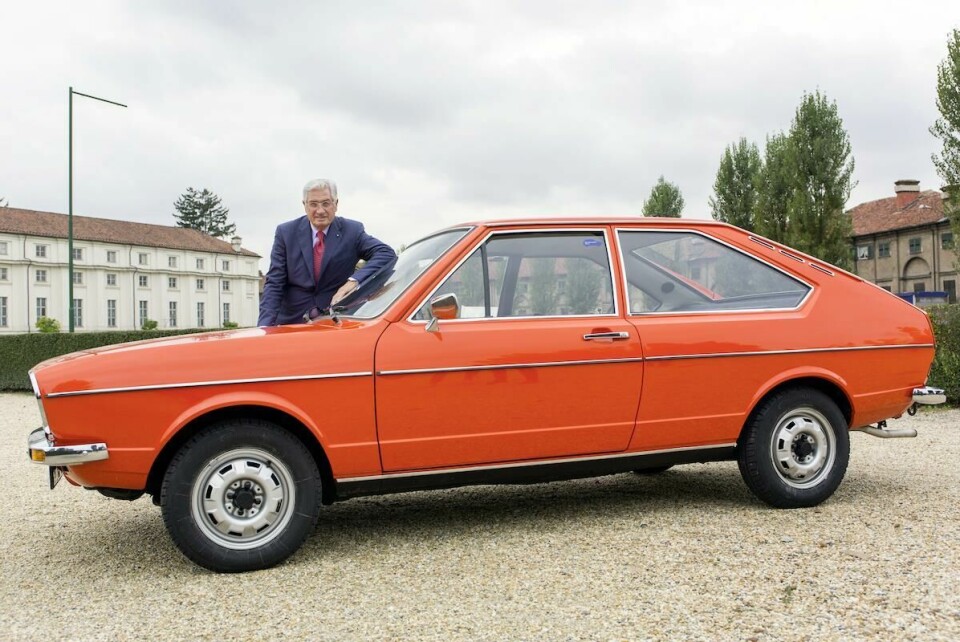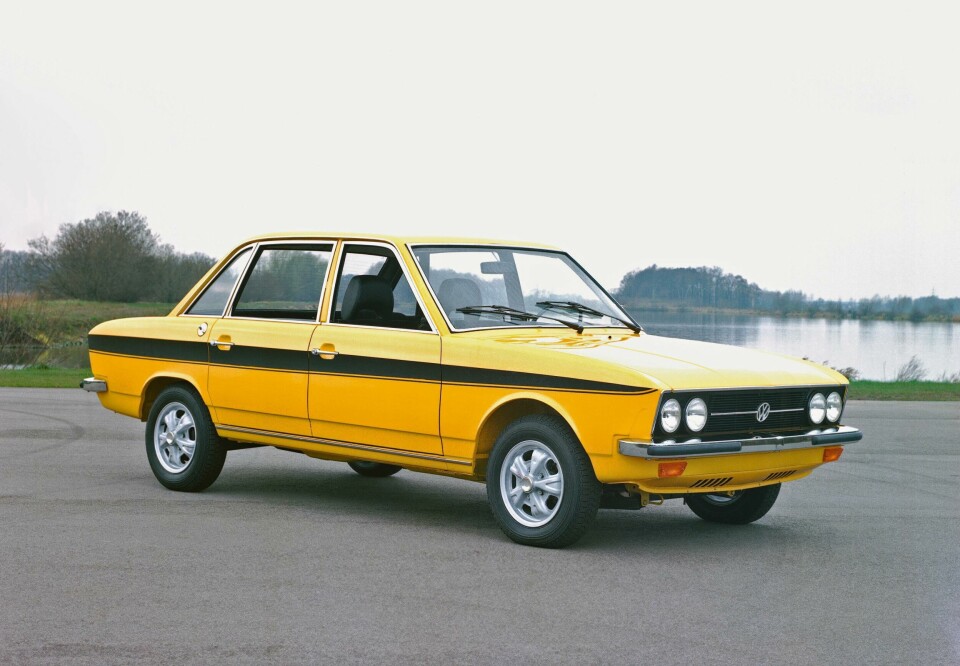
Design icons: Volkswagen K70
Following its 50th birthday, we look back on the design of the Volkswagen K70 and see how it inspired a range of other models
On 20 October 1970, Volkswagen ushered in a new era for passenger vehicle design and showcased its K70 for the first time.
Clean, uninterrupted lines swept along the body work, resulting in a distinct rectangular shape. The long wheelbase and boxy cabin provided a spacious interior, and clutter was kept to a minimum.
Picture credit: Volkswagen AG
“With a water-cooled front engine and self-supporting body, the K70 paved the way for the world success of the Passat, Golf, Scirocco and Polo,” Dieter Landenberger, head of Volkswagen Heritage, tells CDN. “Not only in terms of technology, but also in terms of design, Volkswagen set the course with the K70: designed by Claus Luthe as a modern European car, it was characterised by balanced proportions, a low waist line, short overhangs and a large wheelbase. The timeless and functional design was to set the style for many later Volkswagen models.”
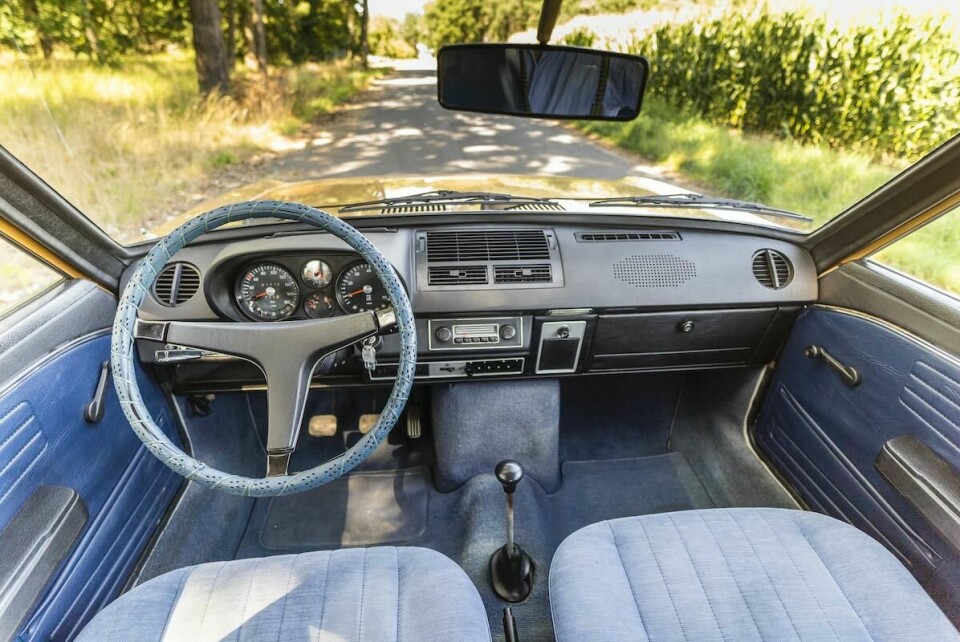
Models before the K70 were typically formed through round shapes and curves. Lights were often spherical, and there was an evident lack of sharp edges to the body work. The Beetle variants, for example, were all curvacious, as were models like the Karmann Ghia and 1500.
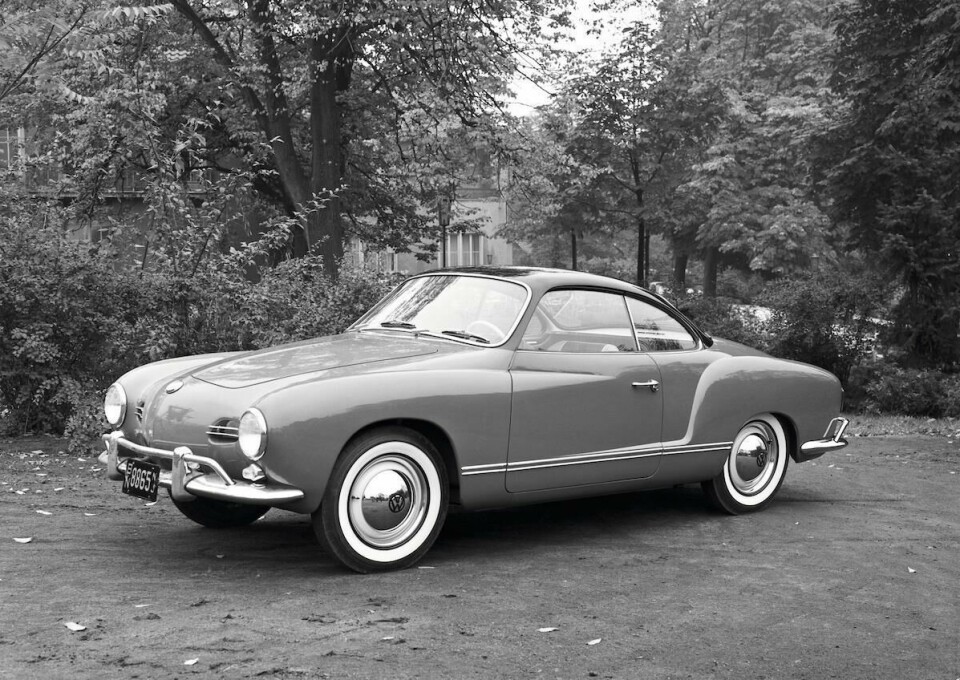
After the K70, however, angular body work became more commonplace in the VW portfolio, with the 1970s seeing the birth of the Golf, Passat, Polo and Scirocco.
The men behind the K70’s design were Ewald Praxl and Claus Luthe. Luthe and his team also devised the NSU Prinz 4, the NSU Wankel Spider and the iconic NSU Ro 80. The latter is considered groundbreaking for its aerodynamic performance, achieving a drag coefficient of 0.34 which was unheard of at the time. Before joining NSU, Luthe worked at Deutsche Fiat where he is attributed to the front styling of the original Fiat 500. He later worked on the Volkswagen Polo and Audi 50 before joining BMW and creating the E32, E31 8 Series and E34 5 Series.
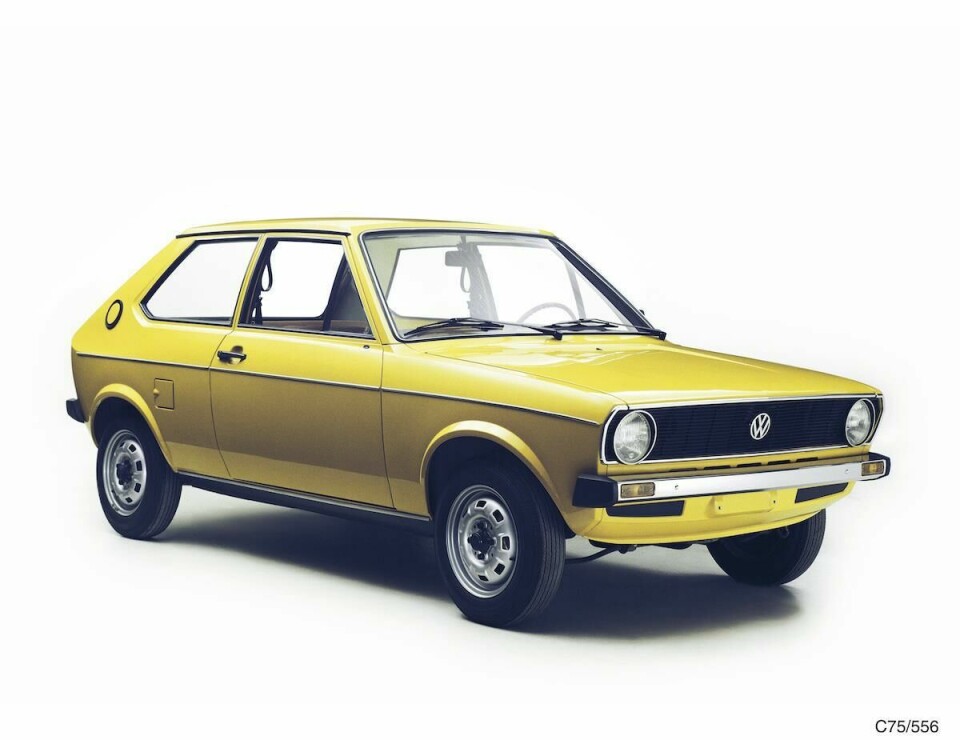
The K70 came at a time of change for VW. Five years prior to its release, the VW Group acquired Auto Union, which included four marques: Horch, DKW, Wanderer, and the largest of them all, Audi. Then in 1969, VW Group acquired NSU – a German car and motorbike maker. The two were merged to form Audi NSU Auto Union, with all models thereafter bearing the VW or Audi badge.
Production of the K70 lasted five years. It was replaced by the Passat, and although it was stylised by Giorgetto Giugiaro, the first generation Passat clearly took on some of the K70’s features. In fact, without the rear extension of the cabin, the Passat could have simply been another iteration of the K70.
